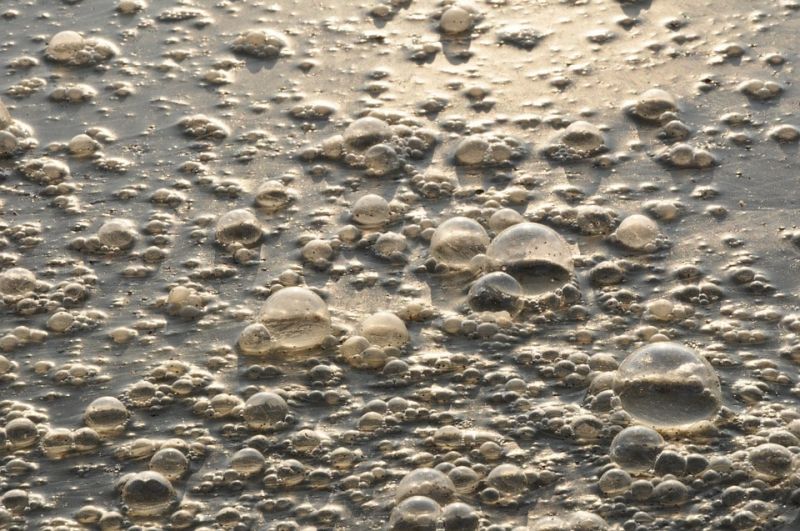Wastewater Treatment with Vortex Layer Device
Published on by Oksana Mazur, Project manager at GlobeCore in Technology
The AVS consists of an operating chamber (tube) positioned in the inductor which creates a rotating electromagnetic field. Inside the tube are small ferromagnetic particles.

Wastewater Treatment. Over the years, there has been a growing anthropogenic impact on water resources. The main reason is the careless attitude of man to nature, resulting in increasing concentration of pollutants in the water every year, unauthorized dumping of washing water from ships, as well as accidental discharges from industrial wastewater from plants.
During the reception of cargo, a ship’s compartments are washed with water that is dumped back into the sea with residue that constitutes a significant threat to all living things. This contaminated water has a high content of nitrates, heavy metals, petroleum compounds and other harmful substances that are absorbed by plants and ultimately end up on the dinner table. Water recourses laws and regulations cannot fully govern business due to insufficient financing or lack of scientific research.
Still, the anthropogenic impact on water bodies is constantly growing due to the lack of purifying equipment at industrial facilities and the lack of modernization of sewage treatment plants. No one can deny the need for rational use of natural resources, especially water. But we still pollute these recourses with various toxic and harmful substances. The harmful emissions get into air and water from different processing plants.
Wastewater treatment can solve the problems listed above. But the existing methods of treatment are expensive, time-consuming, labor-consuming and take large production space.
The solution is to use a vortex layer device (AVS) by GlobeCore .
The AVS consists of an operating chamber (tube) positioned in the inductor which creates a rotating electromagnetic field. Inside the tube are small ferromagnetic particles.
The analysis of the intensifying factors which occur inside the chamber (intensive mixing and dispersing of the processed components, acoustic and electromagnetic factors, local high pressures and electrolysis) shows their great effect on the wastewater treatment process:
- The geometrical parameters and operation modes, hydrodynamic factors- ensure intensive mixing of the processed medium;
- Electrochemical factors and electromagnetic treatment and activation of substances in vortex layer;
- Phase dispersion.
For example, with the introduction of the AVS into treating of wastewater from heavy metals it is possible to achieve high-quality purification. Reagent consumption is no more than 90-100% of the stoichiometric, which greatly simplifies the operation of wastewater treatment plants. The classic reagent methods use reagents in the amount of 115-120% and 150-175% of reducing agent.
In the simultaneous cleaning of acid-alkali and chromium-containing wastewater the AVS decreases the level of impurities below the allowable concentration, reducing the reagent consumption by 1.5-2 times, lowering the energy consumption 2-ce and reducing the occupied floor space by 10-15 %.
Source: AVS GlobeCore
Media
Taxonomy
- Water Treatment & Control
- Industrial Water Treatment
- Waste Water Treatments
- Water Treatment Solutions
- Industrial Water Treatment
- Sewage
- Water & Wastewater
- Water Treatment Plant Design